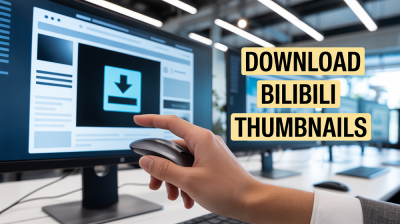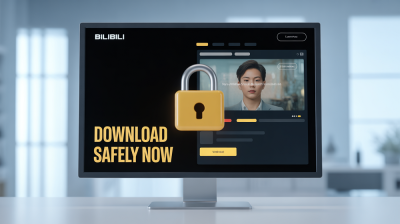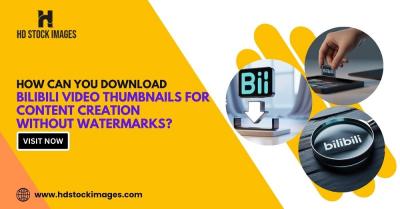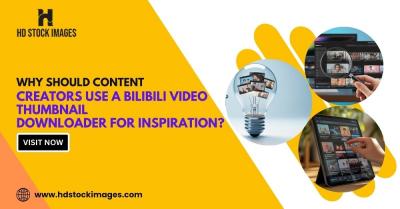Creating content on YouTube can be incredibly rewarding, but it also comes with its fair share of challenges, especially when it comes to copyright. Understanding how to navigate these waters is crucial for protecting your work and avoiding potential legal issues. In this post, we'll explore the essentials of copyright laws and provide you with practical tips to keep your content safe. Let’s dive in!
Understanding Copyright Laws
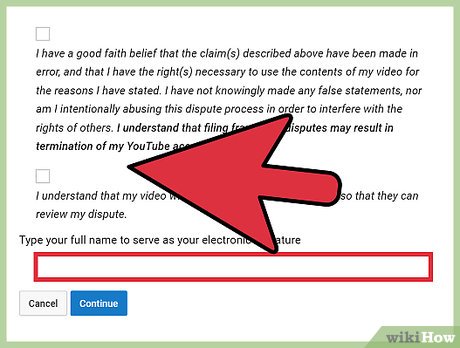
Copyright laws are designed to protect the original works of creators, ensuring that artists, musicians, writers, and filmmakers can retain control over their creations. When it comes to YouTube, understanding these laws is vital for content creators to avoid infringement and protect their own work.
Here are some key points to grasp:
- What is Copyright? Copyright grants the creator exclusive rights to use, reproduce, and distribute their work. This applies to videos, music, images, and even scripts.
- Duration of Copyright: In most cases, copyright lasts for the lifetime of the creator plus 70 years. However, this can vary based on when the work was created.
- Public Domain: Works in the public domain are free to use without permission. This includes older works whose copyright has expired.
- Fair Use: Fair use allows limited use of copyrighted material without permission for purposes such as criticism, commentary, or education. However, what qualifies as fair use can be subjective.
Here’s a simple table to summarize the key differences between copyright, public domain, and fair use:
| Term | Definition | Usage |
|---|---|---|
| Copyright | Exclusive rights to the creator | Requires permission to use |
| Public Domain | Works free of copyright | No permission needed |
| Fair Use | Limited use without permission for specific purposes | Can be subjective and context-dependent |
By understanding these concepts, you can better protect your content and navigate the complexities of copyright on YouTube. Remember, when in doubt, it's always wise to consult a legal professional to ensure your content stays compliant!
Also Read This: How to Use YouTube on Apple TV: A Beginner’s Guide
Common Copyright Issues on YouTube
YouTube is a fantastic platform for sharing your creativity, but it’s also a minefield for copyright issues. Understanding these common pitfalls can save you a lot of headaches down the line.
- Using Copyrighted Music: One of the biggest mistakes creators make is incorporating music they don’t own. Even a few seconds of a copyrighted song can lead to your video being muted, removed, or monetized by the rights holder.
- Clips from Movies or TV Shows: Want to showcase your favorite movie scene? Think again! Using clips without permission can result in copyright strikes, which could limit your channel’s visibility or even lead to termination.
- Images and Graphics: Just because you found an image online doesn’t mean it’s free to use. Using copyrighted images without permission can get your content flagged, so always check the usage rights.
- Misunderstanding Fair Use: Fair use allows for limited use of copyrighted material, but it can be tricky. It’s often misunderstood, leading to claims when creators think they’re protected.
By being aware of these common copyright issues, you can take proactive steps to protect your content and keep your channel thriving.
Also Read This: Improving Video Quality on YouTube: Understanding Blurry Uploads
Tips for Protecting Your Content
Protecting your content on YouTube is essential if you want to maintain your creative freedom and avoid copyright disputes. Here are some practical tips to help you stay on the right side of copyright law:
- Use Royalty-Free Music: Platforms like Epidemic Sound or Artlist provide vast libraries of music that you can use without fear of copyright infringement.
- Create Original Content: The best way to avoid copyright issues is to produce your own music, graphics, and video clips. This ensures you have complete ownership.
- Utilize YouTube’s Audio Library: YouTube offers a collection of free music and sound effects specifically for creators. Make use of these resources for safe content creation.
- Document Permissions: If you do use someone else’s work, make sure to get written permission and keep a record of it. This documentation can protect you if any disputes arise.
By implementing these tips, you can significantly reduce the risk of copyright issues while enjoying the creative freedom that YouTube offers. Remember, a little caution goes a long way!
Also Read This: Why YouTube TV Keeps Pausing and How to Fix Playback Issues
5. Using Creative Commons and Royalty-Free Resources
When it comes to creating content for YouTube, using Creative Commons and royalty-free resources can be a game changer. These resources allow you to access a wealth of media—like music, images, and video clips—without the fear of copyright infringement.
Creative Commons licenses let creators share their work while retaining certain rights. Here’s how you can use them:
- Check License Types: Familiarize yourself with different types of Creative Commons licenses. Some require attribution, while others may not allow modifications or commercial use.
- Use Trusted Platforms: Websites like Creative Commons, Freesound, and Pixabay offer a wide range of free resources.
- Attribution: Always give credit where it’s due. If you use a piece of work that requires attribution, include the creator's name and link back to the original source.
Royalty-Free Resources are another fantastic option. These resources often come with a one-time purchase or a subscription fee, allowing you to use the media without ongoing royalties. Here are some popular platforms:
- AudioJungle for music and sound effects.
- Shutterstock for images and video clips.
- Epidemic Sound specifically for royalty-free music.
By utilizing Creative Commons and royalty-free resources, you can enrich your content without running into copyright issues!
Also Read This: Is Temu Legit on YouTube? What You Need to Consider
6. What to Do If You Receive a Copyright Claim
Receiving a copyright claim on YouTube can feel daunting, but don’t panic! There are steps you can take to address the situation effectively.
First and foremost, understand the claim: YouTube uses Content ID technology to automatically scan videos for copyrighted material. If your video gets flagged, it doesn't mean you're in trouble, but you should take it seriously.
- Review the Claim: Check the details provided in your YouTube Studio. Understand what content has been claimed and the reason behind it.
- Evaluate Your Options: You have several choices when facing a claim:
- Leave it: If you agree with the claim, you can choose to leave it as is.
- Dispute it: If you feel the claim is unjust, you can dispute it. Provide clear evidence showing why you believe you hold the rights to the content.
- Remove the Content: If the claimed material is crucial, consider editing your video to remove it.
Document Everything: Keep a record of all communications regarding the claim. If things escalate, this documentation can be invaluable.
Lastly, learn from the experience. Use this as an opportunity to assess your content creation practices to avoid future claims. Stay informed, and you’ll navigate the YouTube landscape like a pro!
How to Avoid Copyright Issues on YouTube: Protecting Your Content
YouTube is a dynamic platform for content creators, but it also presents various copyright challenges. Protecting your content while respecting the rights of others is crucial to ensure a smooth experience on the platform. Here are some effective strategies to help you navigate copyright issues:
- Understand Copyright Basics: Familiarize yourself with copyright law, including what is considered original content and the rights associated with it.
- Create Original Content: Focus on producing content that is uniquely yours. This includes scripts, videos, music, and artwork.
- Use Royalty-Free Resources: When incorporating music or images, ensure they are royalty-free or licensed for use. Websites like Free Stock Music and Unsplash offer great options.
- Get Explicit Permission: If you want to use someone else's content, seek permission from the copyright owner. This can often be done via email or direct messaging.
- Utilize Creative Commons: Look for content that is licensed under Creative Commons, which allows for sharing and adaptation under certain conditions.
- Educate Yourself on Fair Use: Understand the fair use doctrine, which permits limited use of copyrighted material without permission for purposes like commentary, criticism, or education.
| Tip | Description |
|---|---|
| Originality | Always strive to create your own unique content. |
| Licensing | Use licensed or royalty-free materials to avoid infringement. |
| Documentation | Keep records of permissions and licenses for any third-party content used. |
In conclusion, being proactive about copyright issues is essential for any YouTuber. By understanding the laws, creating original content, and respecting the work of others, you can protect your channel from copyright strikes and foster a respectful creative environment.
 admin
admin




